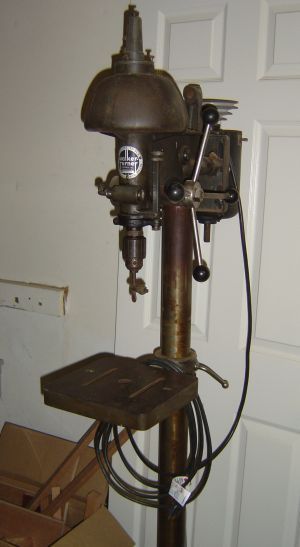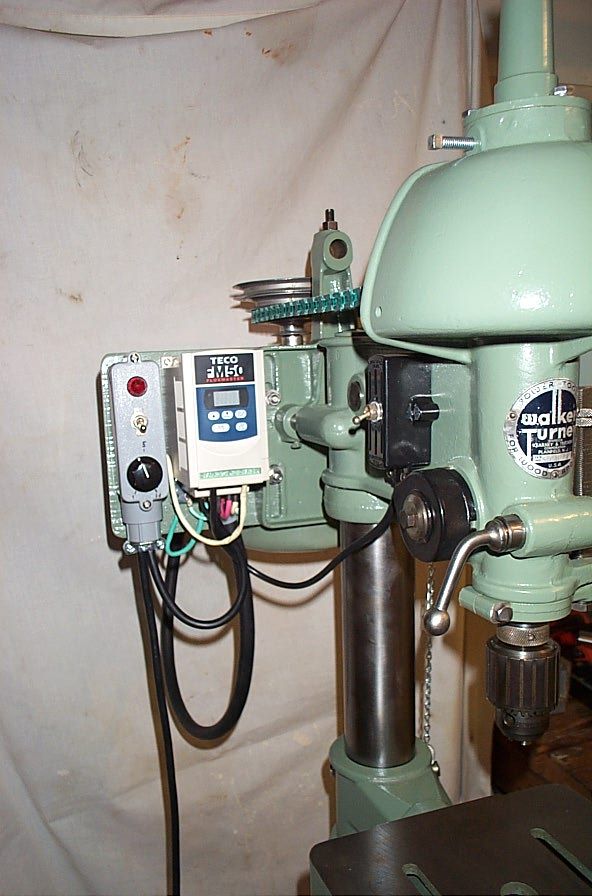Allt of good advice here. As there may be rust build up on the bottom of the screw, and you are trying to bring the screw out, see if the screw will drive in deeper, first. Then, if you have access to the bottom of the screw, remove whatever rust you can see. Then, oil, and try to back the screw out.

|
   
   
|


|





 Reply With Quote
Reply With Quote



















